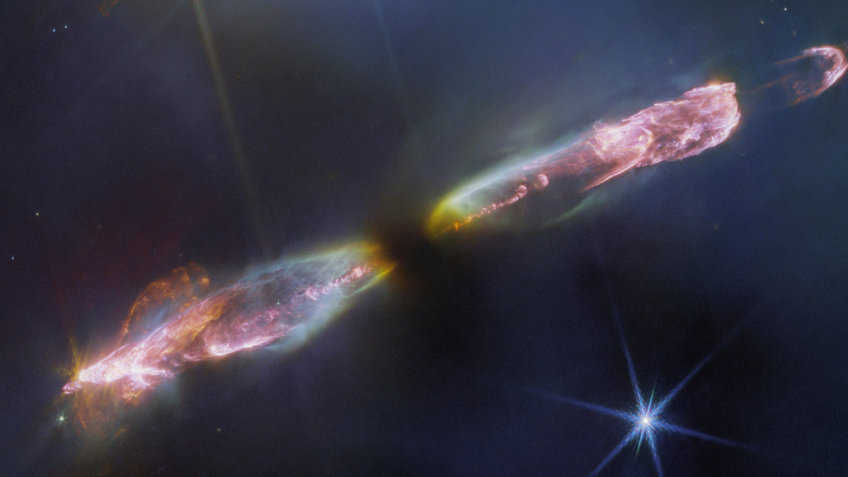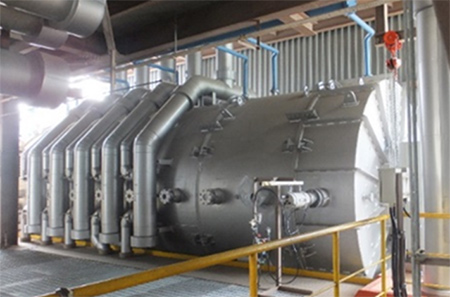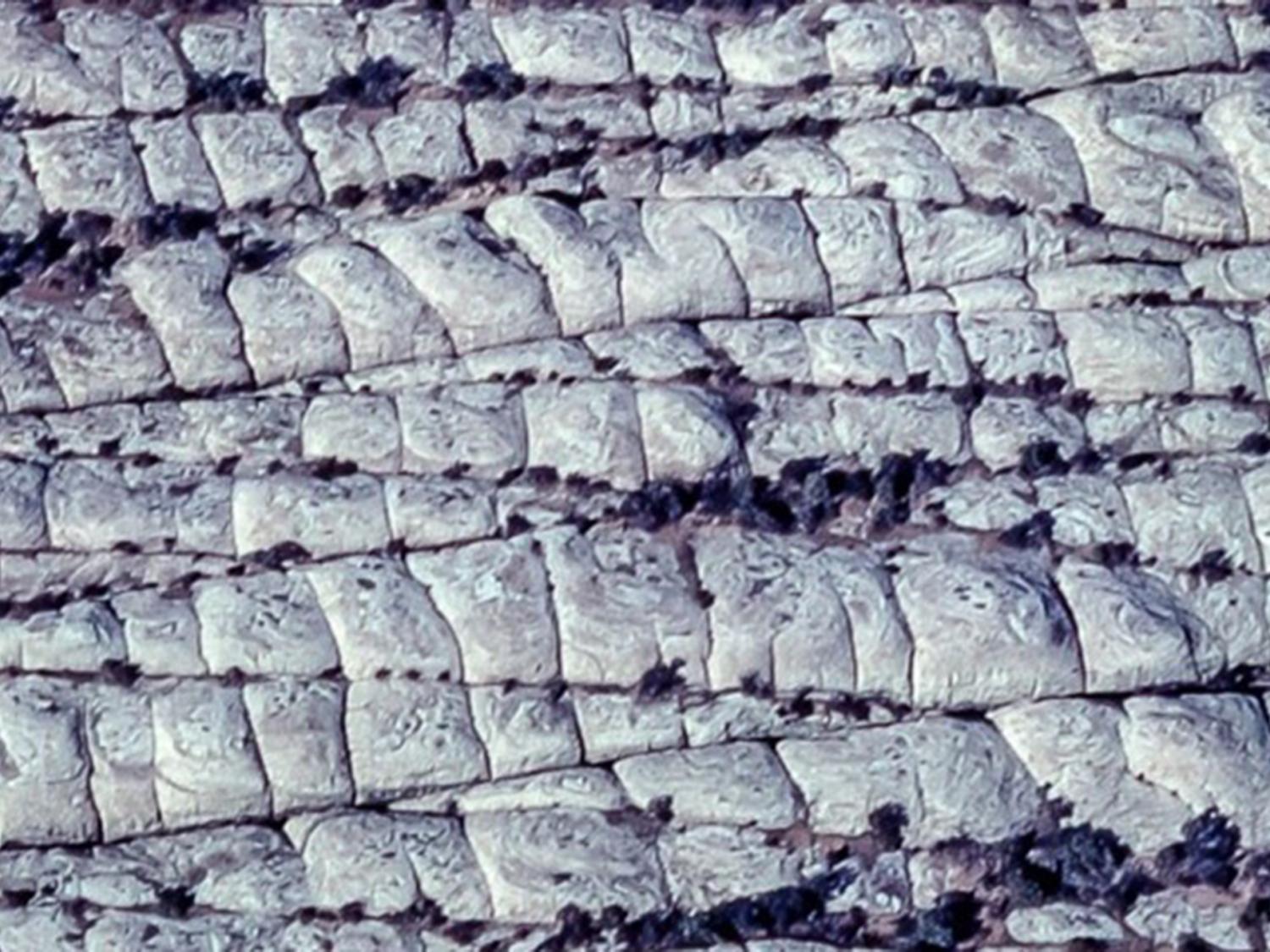ジェイムズ・ウェッブ宇宙望遠鏡が撮影した恒星の胎生 James Webb Space Telescope photographs the rearing of a stellar embryo
2023-09-14 マックス・プランク研究所
 The James Webb Space Telescope shows many details of HH211’s gas flows. Extended bow shock waves (bottom left and top right) give a glimpse of how the gas jets collide with surrounding material. Inside the extended cocoons lies the source of power: almost inconspicuously, thin jet streams propagate in opposite directions. The point of origin of one or more stars is hidden from the observer in the centre of the brown-black veil of dense gas. This image exceeds the detail of earlier images by about five to ten times.
The James Webb Space Telescope shows many details of HH211’s gas flows. Extended bow shock waves (bottom left and top right) give a glimpse of how the gas jets collide with surrounding material. Inside the extended cocoons lies the source of power: almost inconspicuously, thin jet streams propagate in opposite directions. The point of origin of one or more stars is hidden from the observer in the centre of the brown-black veil of dense gas. This image exceeds the detail of earlier images by about five to ten times.
© ESA/Webb, NASA, CSA, T. Ray (Dublin Institute for Advanced Studies)
◆この観測は、星の形成を理解するための貴重な情報を提供し、ジェームズ・ウェッブ望遠鏡がガスジェットから放射される赤外線光を観測し、その構造をマッピングできることを示しています。また、ガス流の速度を測定し、HH211が非常に若いシステムであることを明らかにしました。
<関連情報>
- https://www.mpg.de/20841037/0915-astr-jwst-hh211-150980-x?c=2249
- https://www.nature.com/articles/s41586-023-06551-1
最も若い恒星からの流出は、ほとんどが分子である Outflows from the Youngest Stars are Mostly Molecular
T. P. Ray,M. J. McCaughrean,A. Caratti o Garatti,P. J. Kavanagh,K. Justtanont,E. F. van Dishoeck,M. Reitsma,H. Beuther,L. Francis,C. Gieser,P. Klaassen,G. Perotti,L. Tychoniec,M. van Gelder,L. Colina,Th. R. Greve,M. Güdel,Th. Henning,P. O. Lagage,G. Östlin,B. Vandenbussche,C. Waelkens & G. Wright
Nature Published:24 August 2023
DOI:https://doi.org/10.1038/s41586-023-06551-1
We are providing an unedited version of this manuscript to give early access to its findings. Before final publication, the manuscript will undergo further editing. Please note there may be errors present which affect the content, and all legal disclaimers apply.
Abstract
The formation of stars and planets is accompanied not only by the build-up of matter, i.e., accretion, but also by its expulsion in the form of highly supersonic jets that can stretch for several parsecs1,2. As accretion and jet activity are correlated and because young stars acquire most of their mass rapidly early on, the most powerful jets are associated with the youngest protostars3. This period, however, coincides with the time when the protostar and its surroundings are hidden behind many magnitudes of visual extinction. Millimetre interferometers can probe this stage but only for the coolest components3. No information is provided on the hottest ( > 1000 K) constituents of the jet, i. e. the atomic, ionized, and high temperature molecular gas that are thought to make up the jet’s backbone. Can we detect such a high temperature spine and what is it made up of? Here we report near-infrared JWST observations of Herbig-Haro 211, an outflow from an analogue of our Sun when it was at most a few times 104 years old. These reveal copious emission from hot molecules explaining the origin of the so-called “Green Fuzzies”4–7 discovered nearly two decades ago by the Spitzer Space Telescope8. This outflow is found to be propagating slowly in comparison to its more evolved counterparts and, surprisingly, almost no trace of atomic or ionized emission is seen suggesting its spine is almost purely molecular.



